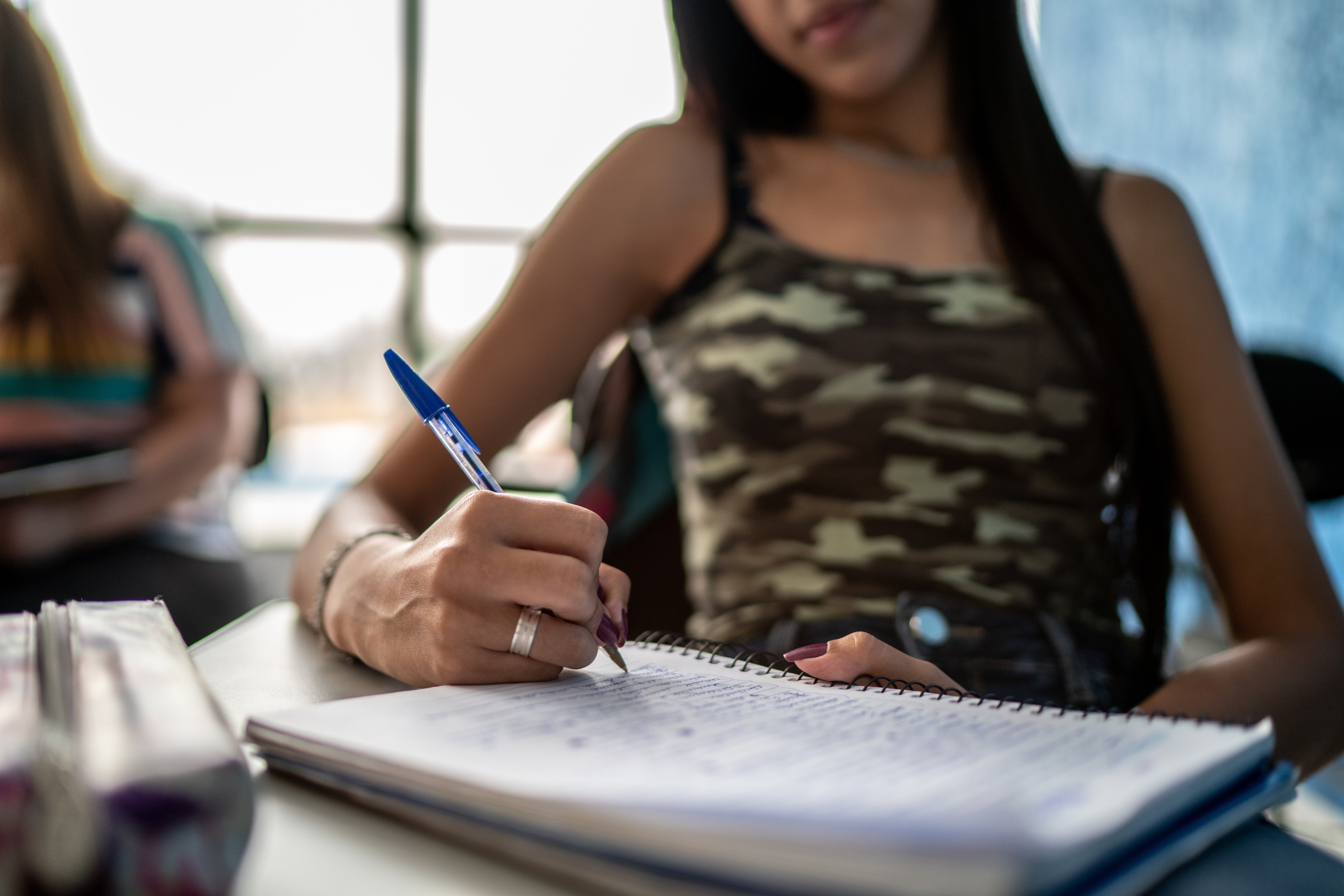
Handwriting notes in class might seem like an anachronism as smartphones and other digital technology subsume every aspect of learning across schools and universities. But a steady stream of research continues to suggest that taking notes the traditional way—with pen and paper or even stylus and tablet—is still the best way to learn, especially for young children. And now scientists are finally zeroing in on why.
A recent study in Frontiers in Psychology monitored brain activity in students taking notes and found that those writing by hand had higher levels of electrical activity across a wide range of interconnected brain regions responsible for movement, vision, sensory processing and memory. The findings add to a growing body of evidence that has many experts speaking up about the importance of teaching children to handwrite words and draw pictures.
Differences in Brain Activity
On supporting science journalism
If you’re enjoying this article, consider supporting our award-winning journalism by subscribing. By purchasing a subscription you are helping to ensure the future of impactful stories about the discoveries and ideas shaping our world today.
The new research, by Audrey van der Meer and Ruud van der Weel at the Norwegian University of Science and Technology (NTNU), builds on a foundational 2014 study. That work suggested that people taking notes by computer were typing without thinking, says van der Meer, a professor of neuropsychology at NTNU. “It’s very tempting to type down everything that the lecturer is saying,” she says. “It kind of goes in through your ears and comes out through your fingertips, but you don’t process the incoming information.” But when taking notes by hand, it’s often impossible to write everything down; students have to actively pay attention to the incoming information and process it—prioritize it, consolidate it and try to relate it to things they’ve learned before. This conscious action of building onto…
Read the full article here






